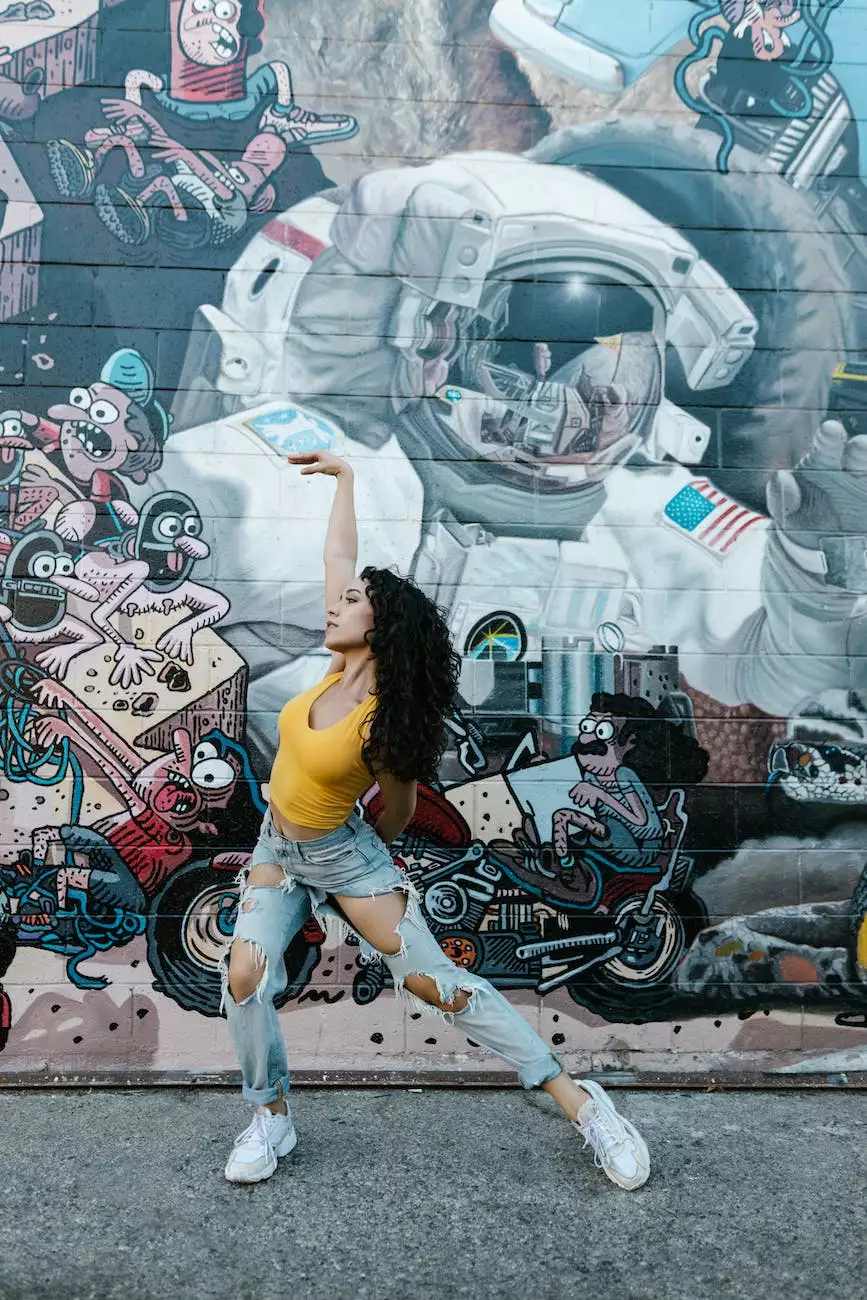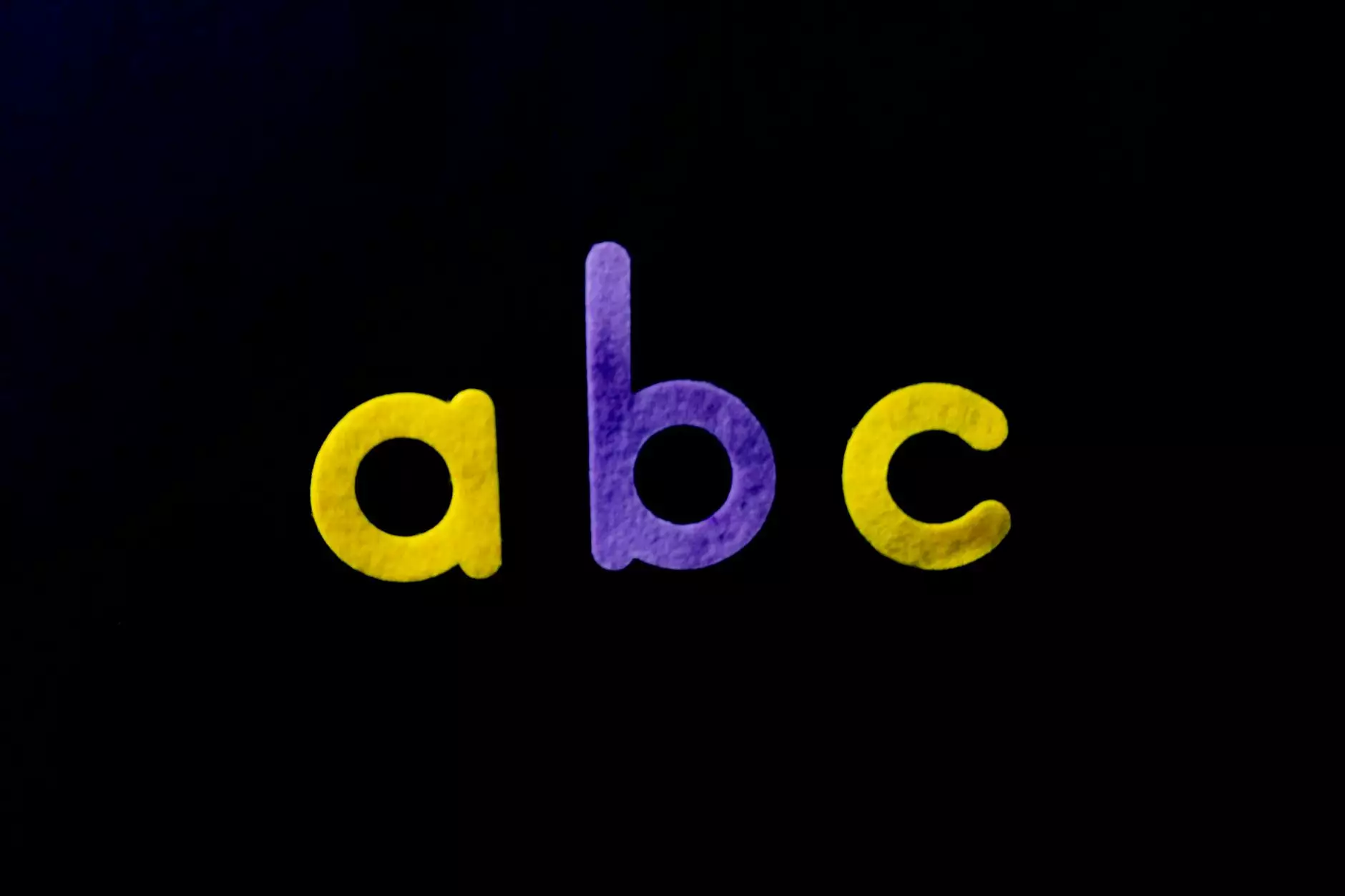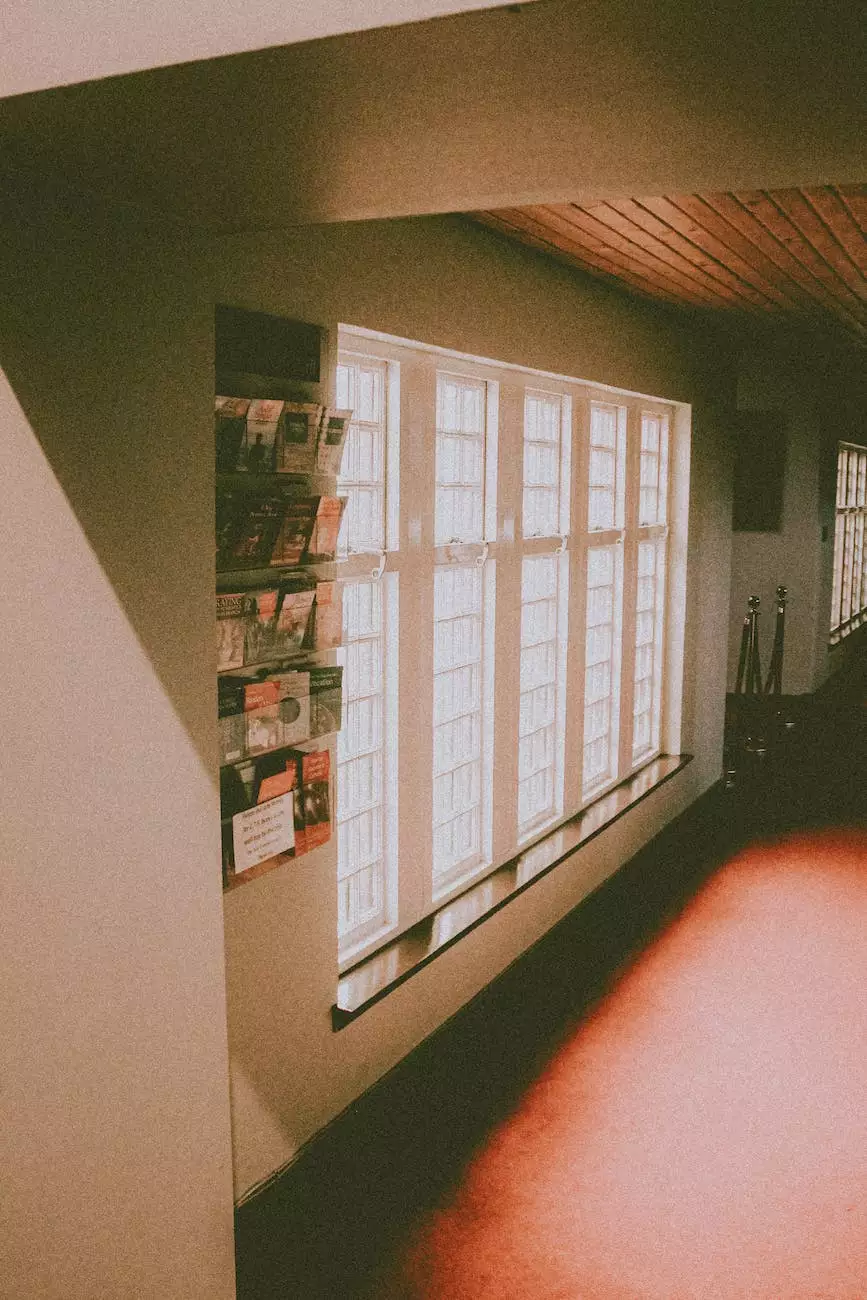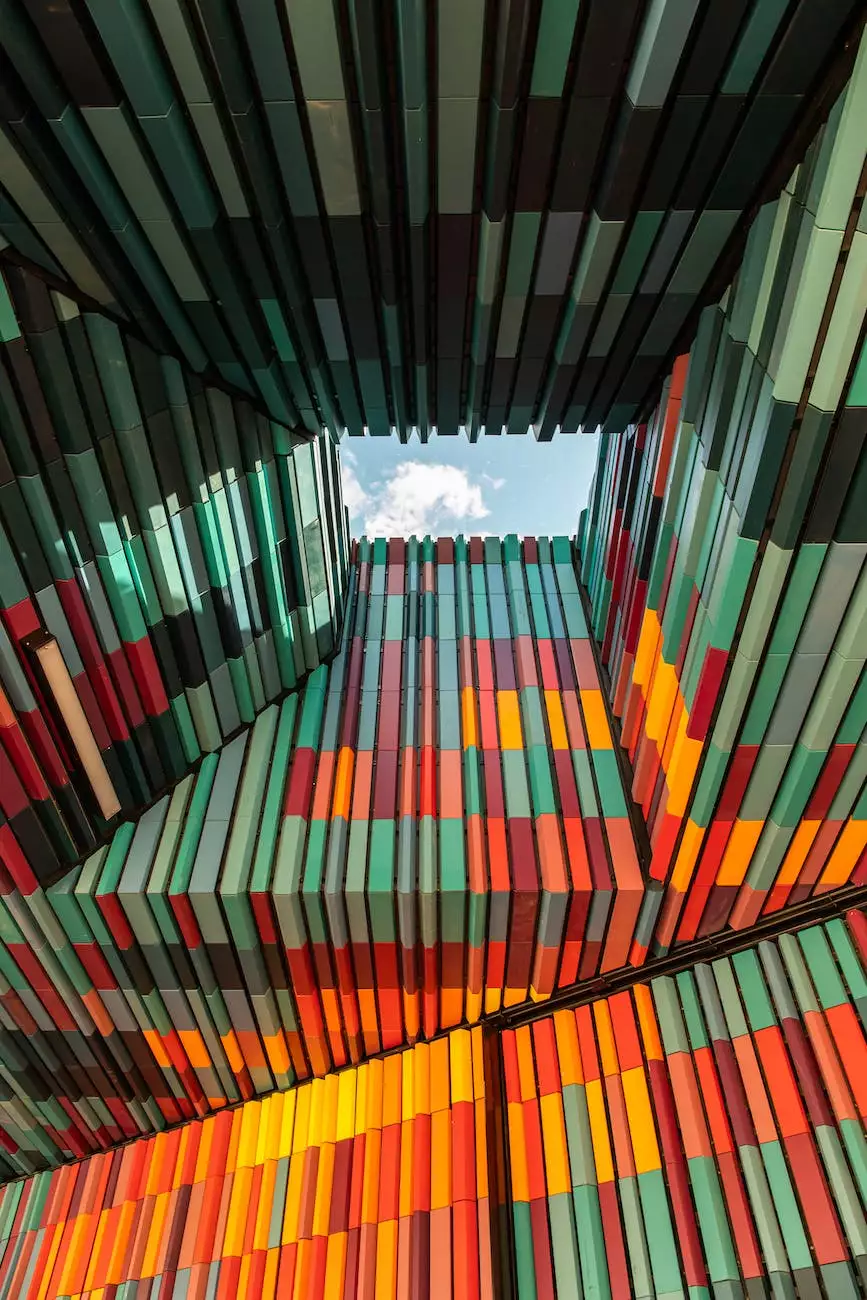Logos & Marketing Materials in the Arts & Entertainment Industry

Welcome to our page dedicated to Logos & Marketing Materials in the Arts & Entertainment industry. In this comprehensive guide, we will explore the significance of these elements and provide you with insights on how to create effective and impactful designs.
Why Logos Matter in the Arts & Entertainment Industry
A logo serves as a visual representation of a brand or organization. In the Arts & Entertainment industry, having a strong and memorable logo is crucial as it helps to establish the identity and recognition of a creative endeavor. Whether it's a theater production company, a music festival, or an art gallery, a well-designed logo can make a lasting impression on the audience.
Logos are not just simple graphics; they are symbols that encapsulate the essence and values of a brand. By combining strategic elements such as colors, typography, and imagery, a logo can convey emotions, establish credibility, and differentiate one entity from another within the competitive landscape of the Arts & Entertainment industry.
The Impact of Marketing Materials
Alongside logos, marketing materials play a vital role in promoting artistic events, exhibitions, and performances. Marketing materials can range from brochures, posters, flyers, to digital assets like social media posts and website banners. Their purpose is to generate awareness, attract audiences, and convey the key messages behind the creative endeavor.
Effective marketing materials should be visually appealing, informative, and aligned with the overall brand identity. They should capture the spirit of the event or product, enticing potential attendees or customers to engage and participate. Compelling copywriting, paired with captivating visuals, can create a sense of anticipation, highlighting the unique qualities and experiences that await.
Key Considerations for Designing Logos & Marketing Materials
The Power of Simplicity
When it comes to logos and marketing materials, simplicity is key. A cluttered or overly complex design can confuse the audience and dilute the intended message. By keeping the design clean, clear, and concise, you can effectively communicate the essence of the arts and entertainment brand.
Choosing the Right Colors
Colors have a significant impact on human emotions and perceptions. Different colors evoke different feelings, and understanding color psychology can help create a strong connection between the brand and its audience. For example, warm colors like red and orange can evoke excitement and passion, while blues and greens can convey calmness or creativity. Selecting the right color palette for your logos and marketing materials can amplify the desired emotional response.
The Role of Typography
Typography plays a crucial role in the overall design as it sets the tone and reflects the personality of a brand. Choosing appropriate fonts that align with the brand image is essential. For instance, elegant and sophisticated fonts may be suitable for a high-end art gallery, while bold and playful fonts may be more appropriate for a music festival targeting a young audience.
Consistency Across Platforms
Consistency in design is essential for creating a cohesive brand identity. Logos and marketing materials should have a consistent visual language across various platforms, whether it's print, digital, or physical. By maintaining a unified design, you reinforce brand recognition and establish a sense of professionalism and reliability.
Conclusion
Logos and marketing materials are fundamental elements in the Arts & Entertainment industry. They serve as the face and voice of artistic endeavors, representing the brand and capturing its essence. By understanding the importance of these design elements, considering factors such as simplicity, color psychology, typography, and consistency, you can create impactful and memorable logos and marketing materials that resonate with your target audience. Elevate your brand's presence and make a lasting impression in the competitive Arts & Entertainment landscape.










